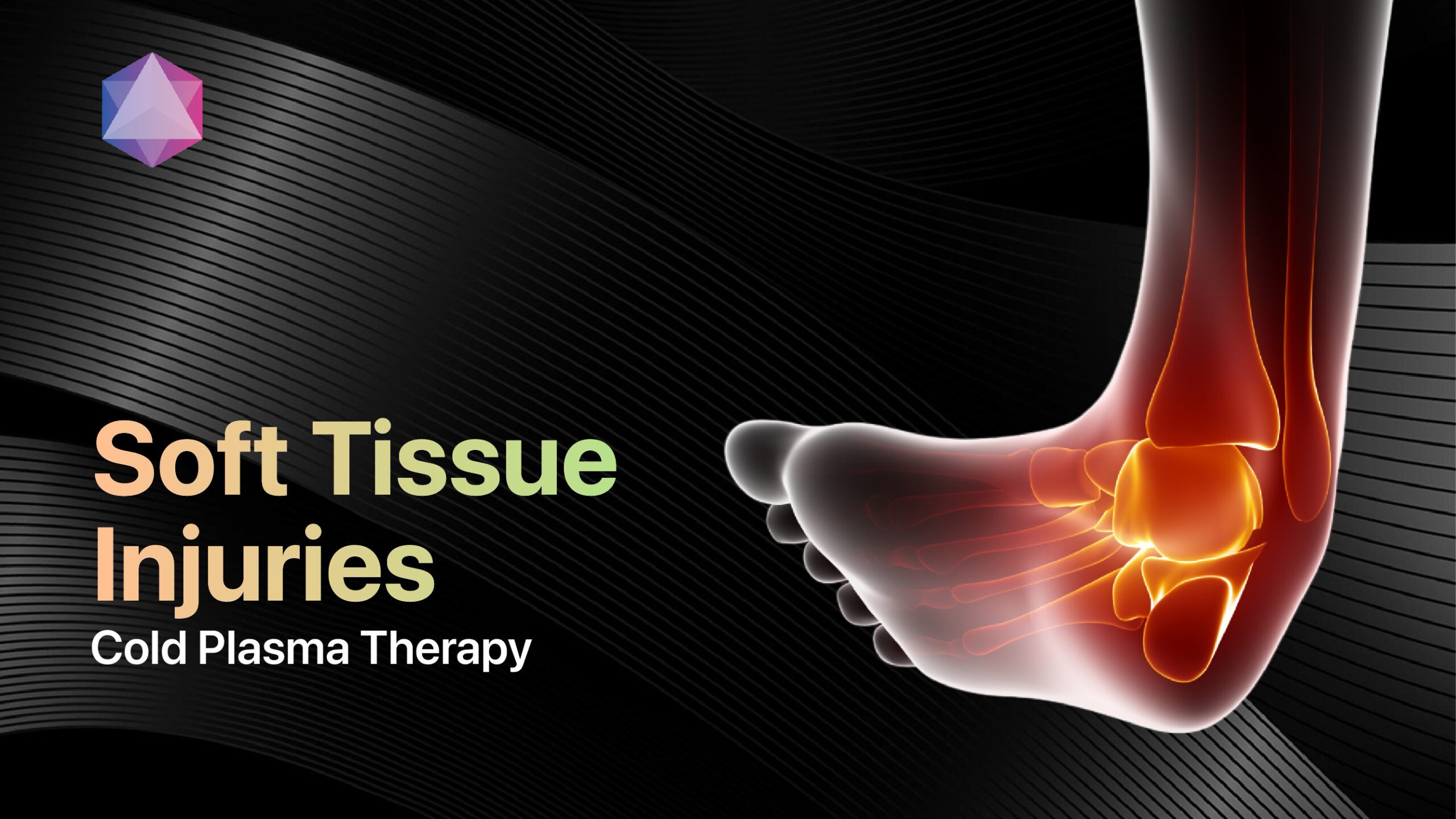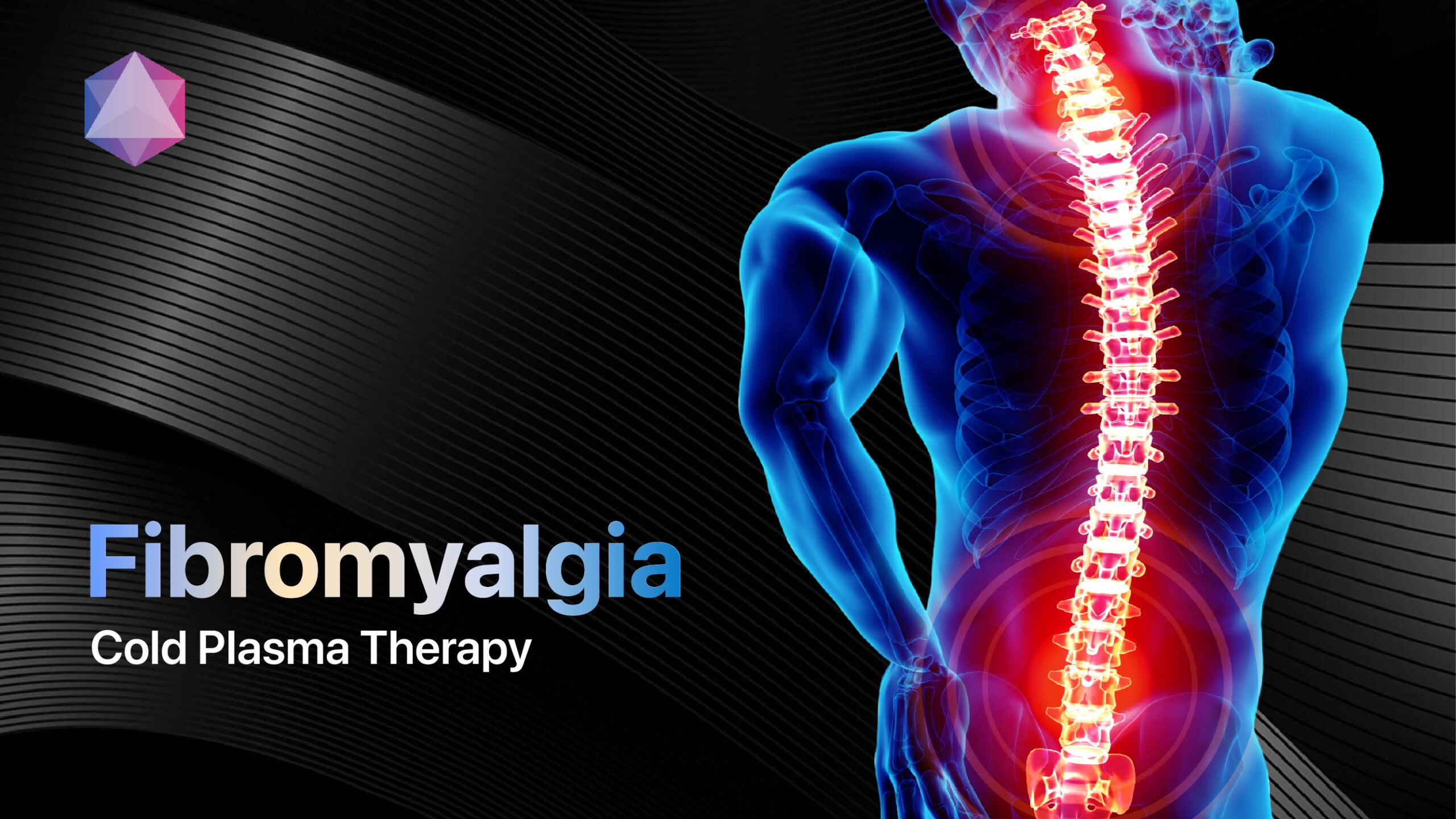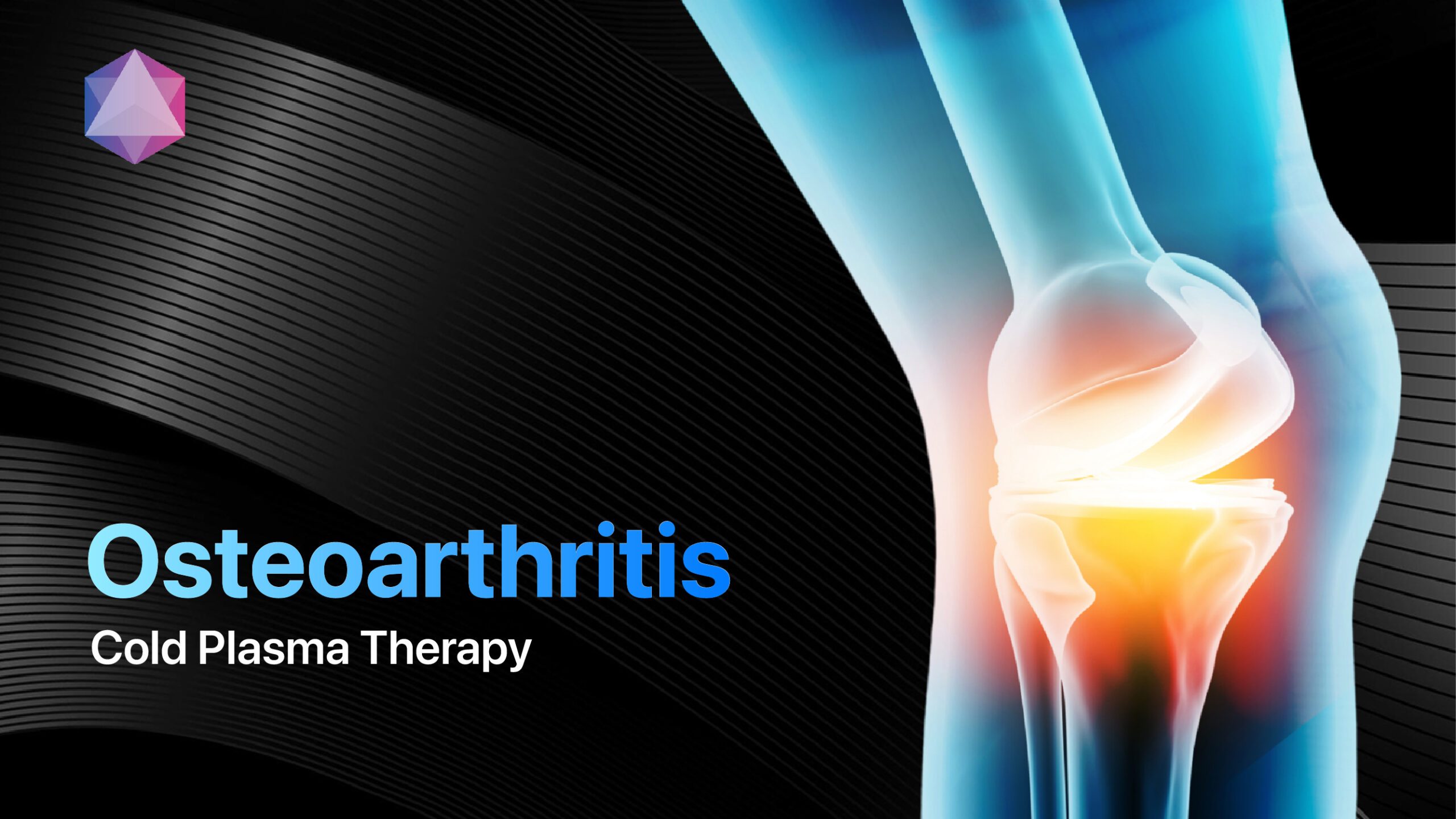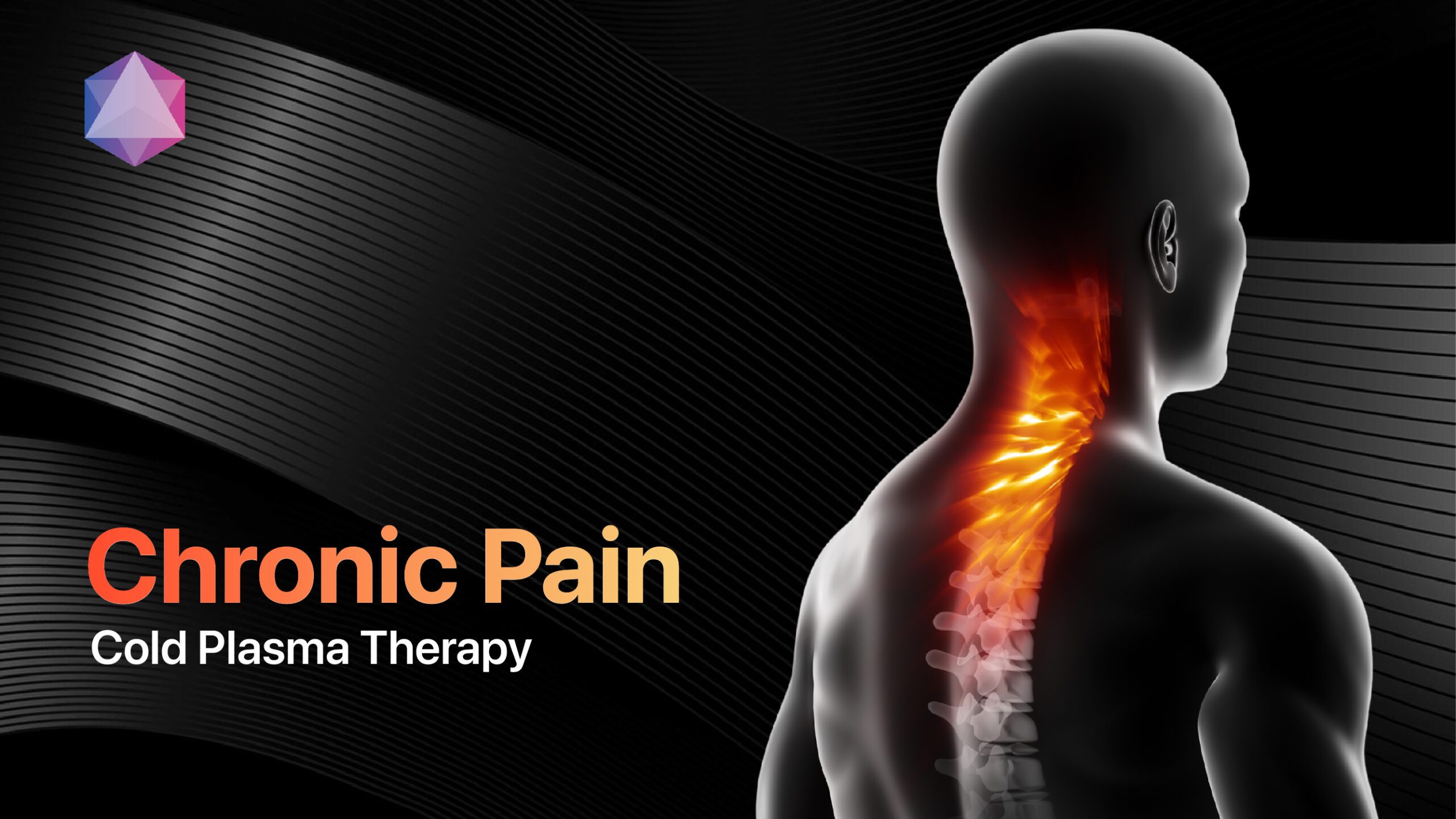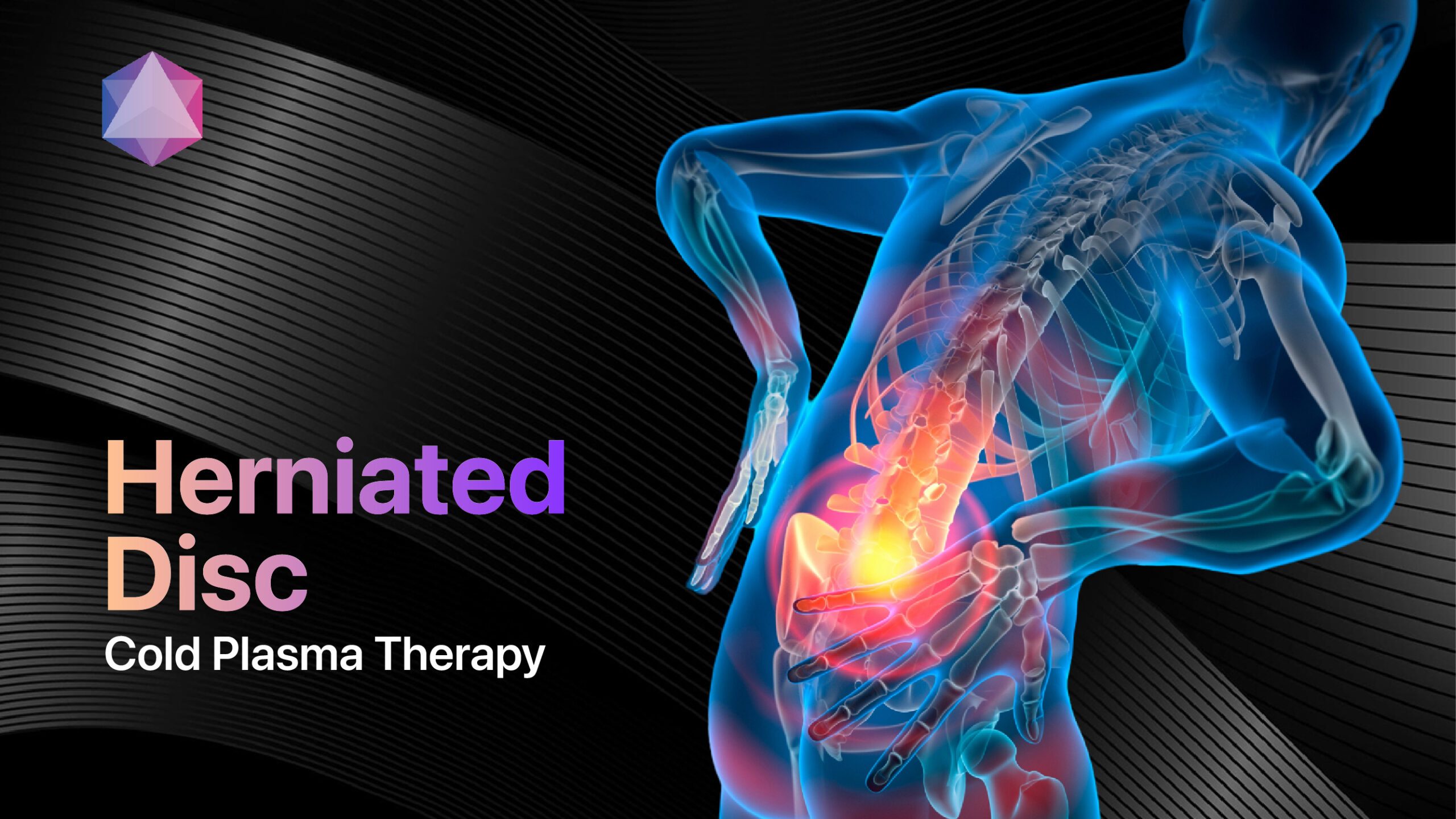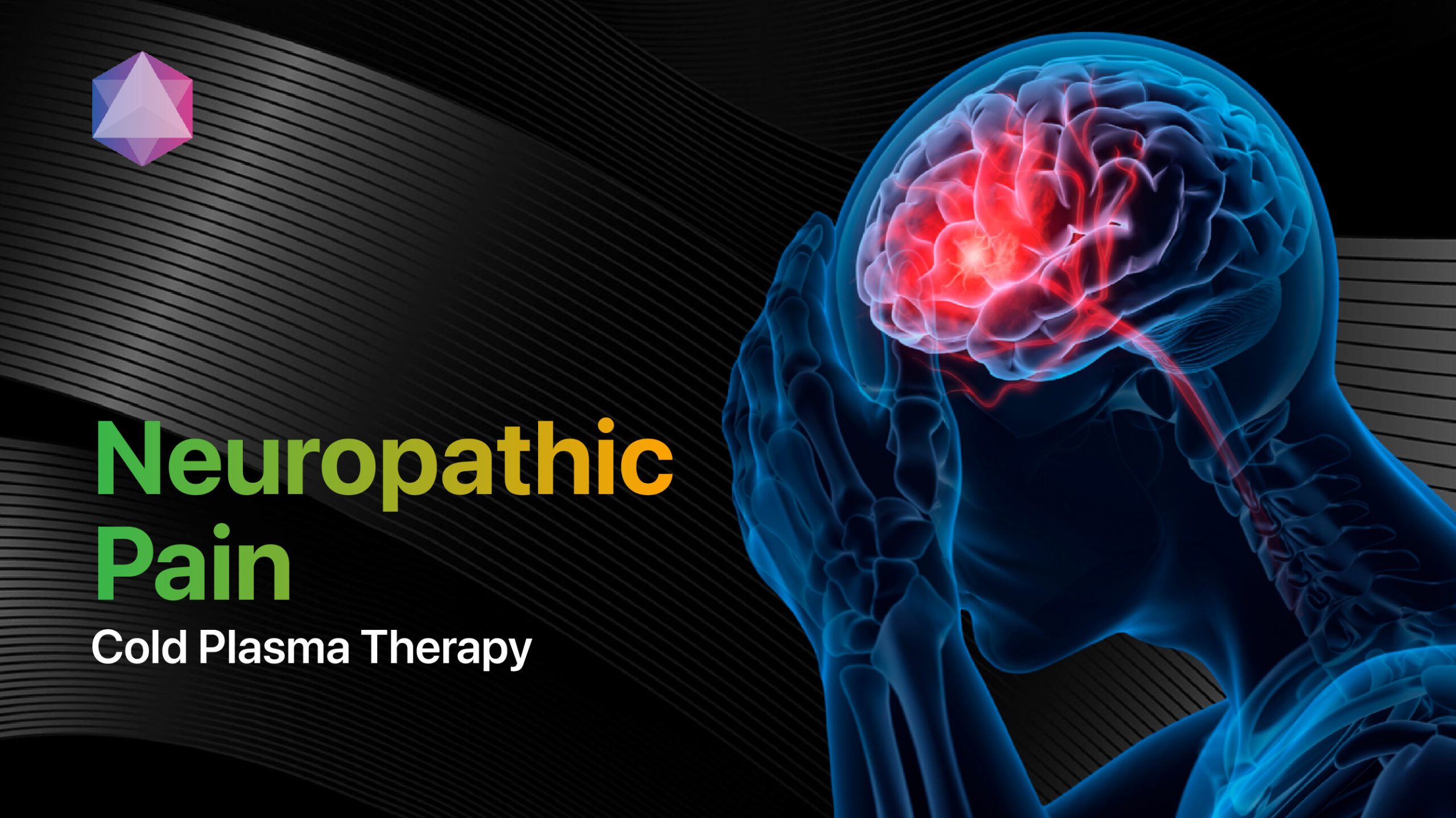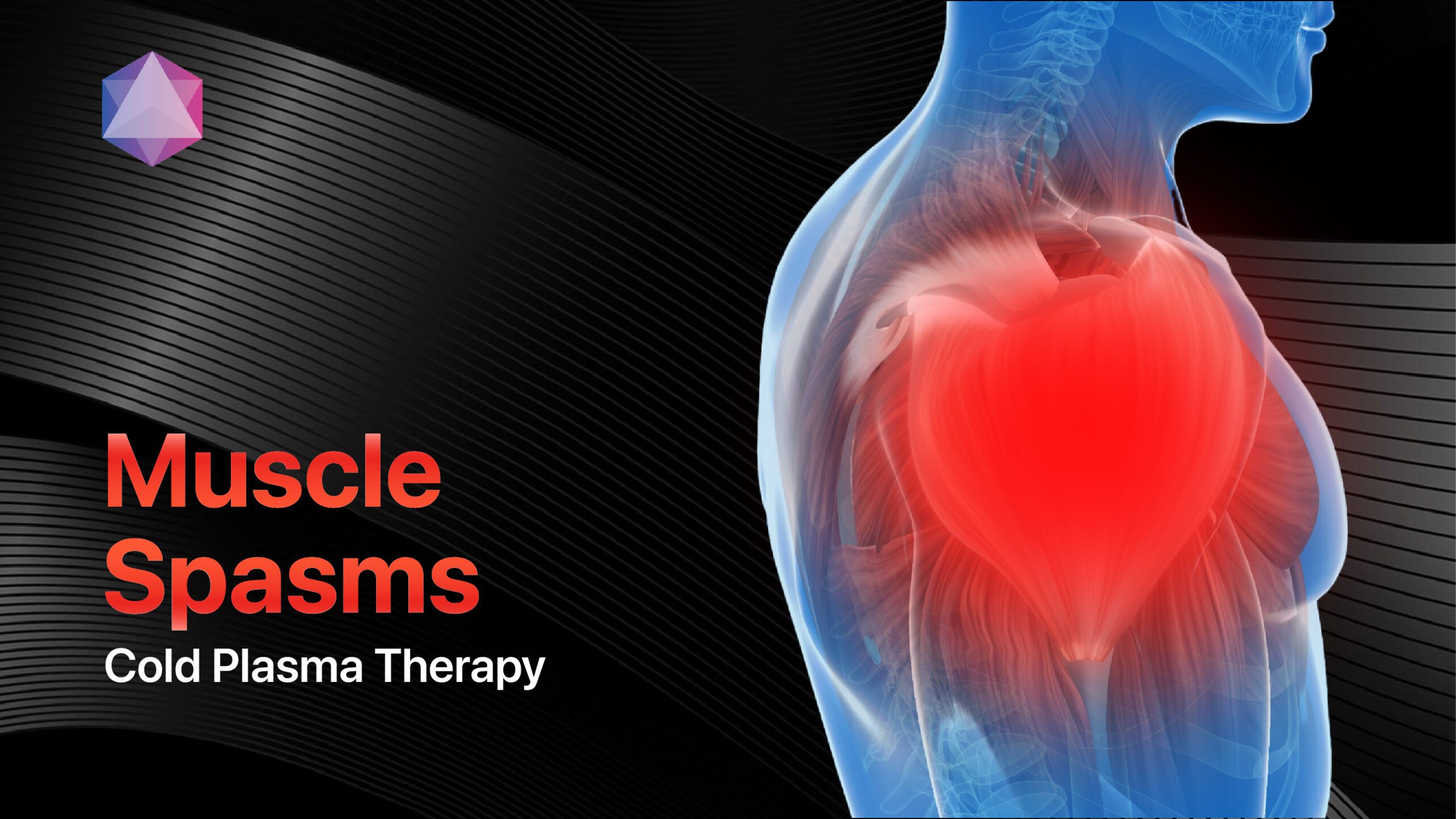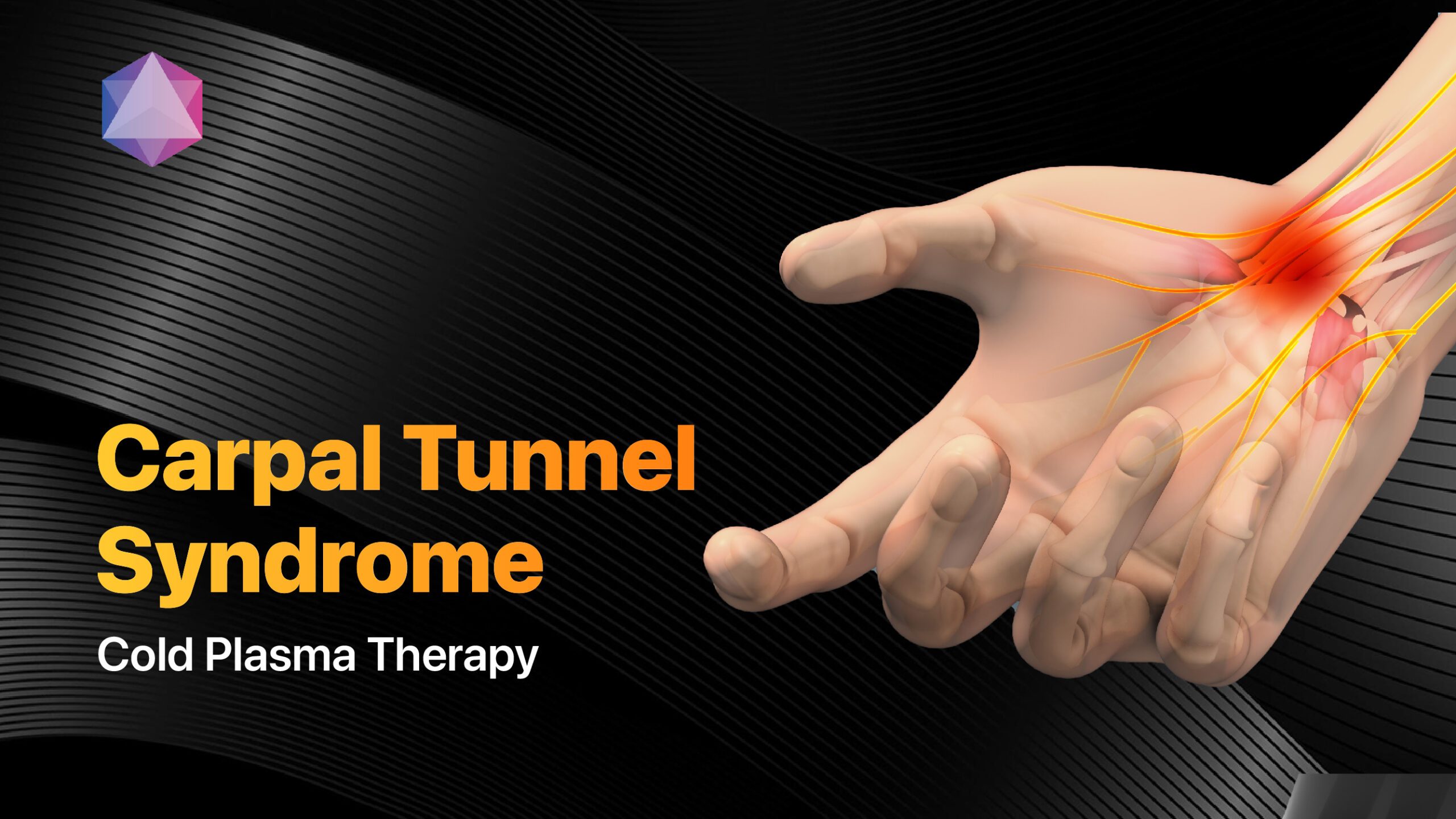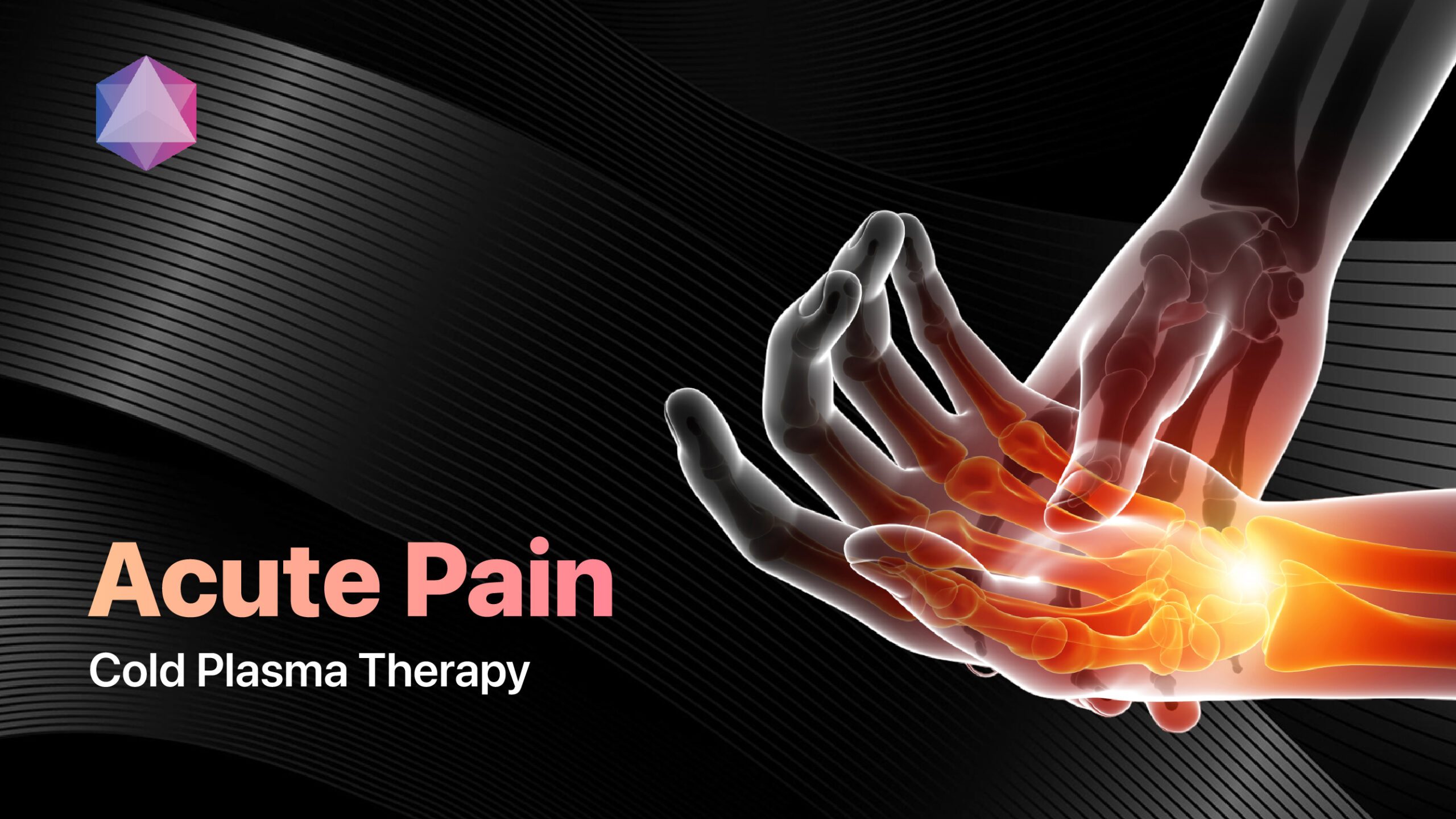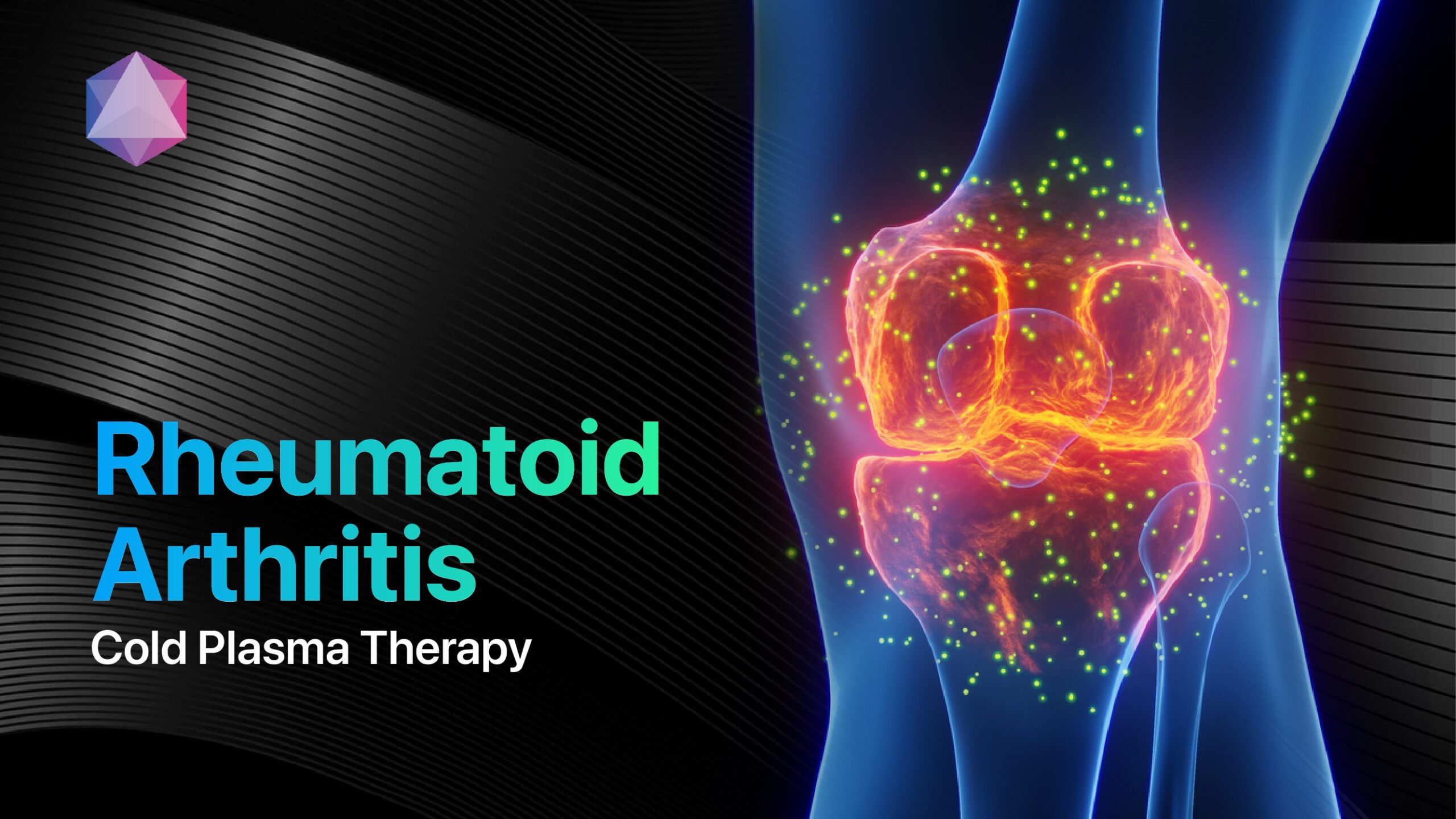
Did you know that over 1.3 million people in the United States suffer from the debilitating effects of rheumatoid arthritis (RA)?[8] This chronic, autoimmune disease causes painful inflammation and damage to the joints, leading to decreased mobility and quality of life. But what if there was a revolutionary new treatment that could provide long-lasting relief without the side effects of traditional medications? Enter Mirari Cold Plasma, a groundbreaking technology developed by General Vibronics that harnesses the power of nitric oxide (NO) to deliver therapeutic benefits in a non-invasive, handheld device. In this article, we’ll explore what RA is, its symptoms, causes, and risk factors, as well as traditional treatment options and how Mirari Cold Plasma is transforming the landscape of RA management.
1. What is Rheumatoid Arthritis?
Definition and explanation of rheumatoid arthritis
Rheumatoid arthritis is a long-term, autoimmune condition that primarily affects the joints, causing inflammation, pain, and stiffness[7]. In RA, the body’s immune system mistakenly attacks the lining of the joints (synovium), leading to swelling, joint damage, and deformity over time[6]. Unlike osteoarthritis, which is caused by wear and tear, RA is a systemic disease that can affect multiple joints simultaneously and even impact other parts of the body, such as the skin, eyes, lungs, and heart[5].
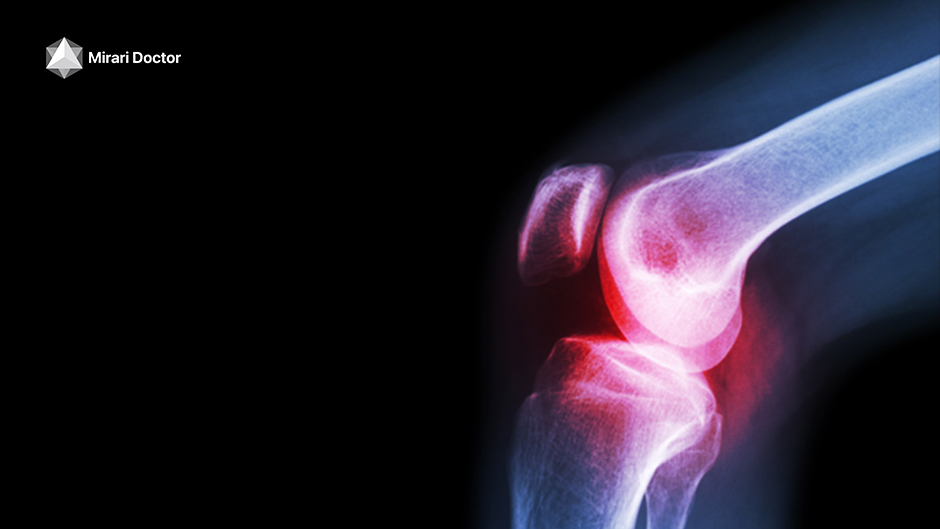
Rheumatoid arthritis is a chronic autoimmune disease causing joint inflammation and pain
2. Symptoms
Early Symptoms
In the early stages of RA, symptoms may be subtle and easily overlooked. These initial signs can include[10]:
- Joint pain and stiffness: You may experience tenderness or aching in your joints, particularly in the hands, wrists, and feet. Morning stiffness lasting more than 30 minutes is a hallmark of RA.
- Fatigue and fever: Feeling unusually tired and running a low-grade fever can be early indicators of the disease.
Joint Symptoms
As RA progresses, joint-related symptoms become more pronounced[9]:
- Swelling and redness: Affected joints may appear visibly swollen and have a red, inflamed appearance.
- Warmth and tenderness: Joints may feel warm to the touch and be sensitive when pressed or moved.
Systemic Symptoms
RA can also cause symptoms throughout the body[1]:
- Weight loss and loss of appetite: Inflammation associated with RA can lead to unintended weight loss and a decreased appetite.
- Skin and eye problems: Some people with RA develop rheumatoid nodules (firm bumps under the skin) or experience dry eyes and sensitivity to light.

RA begins with joint pain and stiffness, advancing to swelling and systemic issues
3. Causes
 |
Autoimmune MechanismThe exact cause of RA remains unknown, but researchers have identified key factors that contribute to its development. In RA, the immune system mistakenly attacks the synovium, the thin membrane that lines the joints[6]. This autoimmune response leads to inflammation, joint damage, and the characteristic symptoms of RA. |
 |
Genetic FactorsGenetic predisposition plays a significant role in the development of RA. Certain genes, such as the HLA-DR4 gene, have been linked to an increased risk of developing the disease[12]. However, not everyone with these genes will develop RA, and not everyone with RA has these specific genes, suggesting that other factors are also involved. |
 |
Environmental TriggersEnvironmental factors, such as infections and stress, may trigger the onset of RA in genetically susceptible individuals[13]. Researchers have identified several potential triggers, including:
|
4. Risk Factors
Several factors can increase your risk of developing RA[4]:
 |
GenderWomen are 2-3 times more likely to develop RA compared to men[5]. This increased risk may be due to hormonal factors, as the disease often begins during childbearing years. |
 |
AgeWhile RA can occur at any age, it most commonly develops between the ages of 30 and 60[8]. However, a form of the disease known as juvenile idiopathic arthritis (JIA) can affect children and adolescents. |
 |
Family HistoryHaving a family member with RA increases your risk of developing the disease[12]. Studies have shown that first-degree relatives (parents, siblings, children) of people with RA are more likely to develop the condition themselves. |
 |
SmokingCigarette smoking is a significant risk factor for RA, particularly in individuals who have a genetic predisposition[13]. Smoking can also worsen the severity of the disease and reduce the effectiveness of certain treatments. |
 |
ObesityBeing overweight or obese increases the risk of developing RA[13]. Excess weight puts additional stress on weight-bearing joints and may contribute to inflammation in the body. |
5. Diagnosis
Diagnosing RA can be challenging, as the early signs and symptoms mimic those of many other conditions. There is no single test to confirm the diagnosis, so doctors rely on a combination of methods[15]:
Medical History
Your doctor will ask about your symptoms, their duration, and any family history of autoimmune diseases. They will also inquire about your overall health and any medications you are taking.
Physical Examination
During the physical exam, your doctor will check your joints for swelling, redness, warmth, and tenderness. They may also assess your range of motion and look for signs of joint deformity.
Laboratory Tests
Blood tests can help diagnose RA and rule out other conditions. Common tests include[15]:
- Rheumatoid factor (RF)
- Anti-cyclic citrullinated peptide (anti-CCP) antibodies
- Erythrocyte sedimentation rate (ESR)
- C-reactive protein (CRP)
Imaging Tests
X-rays and MRI scans can reveal joint damage and help monitor the progression of the disease[15]. Ultrasound may also be used to assess joint inflammation and guide treatment decisions.
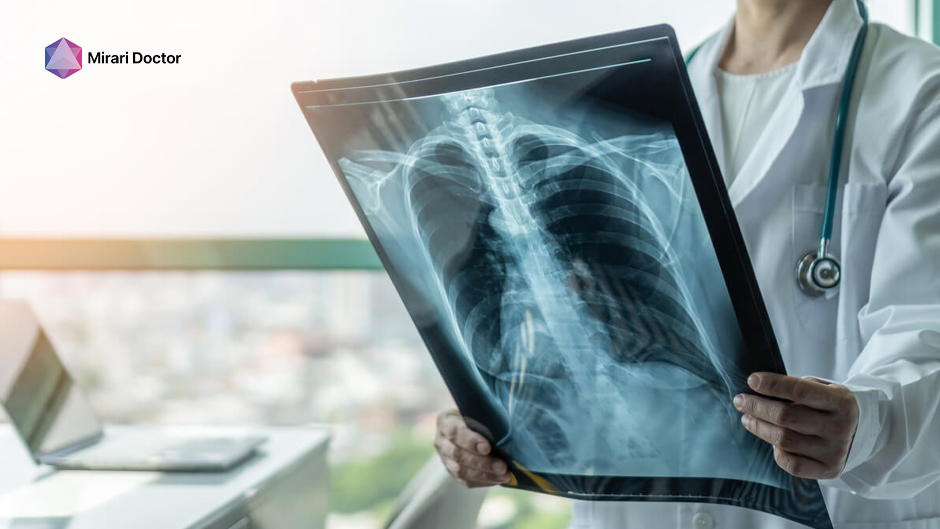
X-rays, MRI, and ultrasound detect joint damage and guide treatment
6. Treatment
While there is no cure for RA, early diagnosis and appropriate treatment can help manage symptoms, slow disease progression, and improve quality of life. Treatment options include[16]:
Medications
- Disease-Modifying Antirheumatic Drugs (DMARDs): These medications, such as methotrexate and hydroxychloroquine, slow the progression of joint damage by suppressing the immune system.
- Nonsteroidal Anti-Inflammatory Drugs (NSAIDs): Over-the-counter and prescription NSAIDs, like ibuprofen and naproxen, can help reduce pain and inflammation.
- Corticosteroids: Prednisone and other corticosteroids are powerful anti-inflammatory drugs that can quickly relieve symptoms during flares.

Medications help manage RA
Lifestyle Modifications
- Exercise and physical therapy: Regular, low-impact exercise and targeted physical therapy can help maintain joint flexibility, strengthen muscles, and improve overall function.
- Diet and nutrition counseling: A balanced, anti-inflammatory diet rich in fruits, vegetables, whole grains, and omega-3 fatty acids may help manage symptoms and promote overall health.

Exercise and physical therapy enhance joint flexibility and strength
Physical Therapy
Joint mobilization and strengthening exercises, guided by a physical therapist, can help maintain range of motion, reduce pain, and improve joint function[16]. Assistive devices, such as splints or braces, may also be recommended to support affected joints.
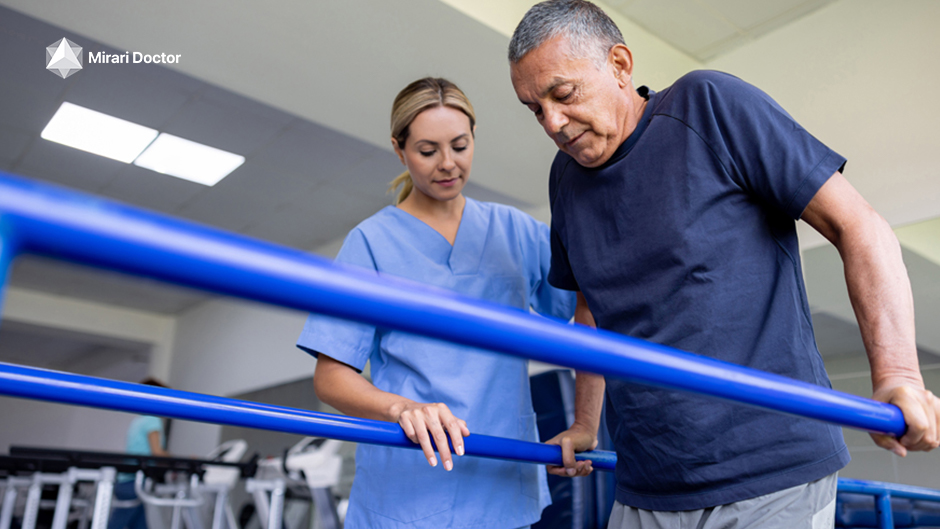
Exercises and assistive devices improve joint motion and function
Alternative Therapies
Some people with RA find relief through complementary and alternative therapies, such as:
- Acupuncture: This traditional Chinese medicine technique involves inserting thin needles into specific points on the body to alleviate pain and promote healing.
- Massage therapy: Gentle massage can help reduce pain, relax tense muscles, and improve overall well-being.

Acupuncture uses thin needles to alleviate pain and promote healing
Cold Plasma Therapy
Introduction to cold plasma technology
Cold plasma therapy is a revolutionary new treatment for RA that uses low-temperature ionized gas to promote healing and relieve pain[14]. Unlike traditional plasma treatments, which use high temperatures that can damage tissue, cold plasma is safe and non-invasive.
Mirari Cold Plasma, developed by General Vibronics, uses nitric oxide (NO) rather than reactive oxygen nitrogen species to deliver its therapeutic effects[5]. Nitric oxide is a signaling molecule that plays a crucial role in many physiological processes, including vasodilation, immune function, and wound healing.

Mirari Cold Plasma uses nitric oxide for therapeutic effects, including vasodilation and wound healing
Mechanism of action in RA treatment
The exact mechanism by which cold plasma relieves RA symptoms is not fully understood, but several theories have been proposed[14]:
- Stimulation of tissue regeneration: Cold plasma has been shown to promote the synthesis of collagen and other extracellular matrix components, which can help repair damaged joint tissue and reduce pain.
- Modulation of inflammation: Nitric oxide has anti-inflammatory properties and may help reduce the chronic inflammation associated with RA.
- Activation of pain-relieving pathways: Cold plasma may stimulate the release of endogenous opioids and other pain-relieving compounds in the body.
Advantages and limitations of cold plasma therapy
Cold plasma therapy offers several advantages over traditional RA treatments[14]:
 |
Non-invasive: Cold plasma is applied externally and does not require needles or incisions. |
 |
Safe: Unlike high-temperature plasma treatments, cold plasma does not damage healthy tissue. |
 |
Few side effects: Most patients report no adverse effects from cold plasma therapy. |
 |
Drug-free: Cold plasma provides pain relief without the use of medications, reducing the risk of side effects and interactions. |
However, there are also some limitations to cold plasma therapy:
- Limited availability: Cold plasma devices like Mirari are not yet widely available and may not be covered by insurance.
- Need for multiple treatments: While some patients experience relief after a single treatment, most require a series of treatments to achieve optimal results.
7. Complications
If left untreated or poorly managed, RA can lead to several complications[7]:
 |
Joint DeformitiesPermanent damage to joints can occur when inflammation is not adequately controlled, leading to deformities such as ulnar deviation (outward bending of the fingers) and boutonniere deformity (bent middle joint and straight end joint of a finger). |
 |
OsteoporosisChronic inflammation and certain RA medications, like corticosteroids, can lead to bone loss and an increased risk of fractures. |
 |
Heart DiseasePeople with RA have a higher risk of developing cardiovascular disease, including heart attack and stroke, due to chronic inflammation and other factors. |
 |
Lung DiseaseRA can cause inflammation and scarring in the lungs, leading to respiratory problems such as shortness of breath and interstitial lung disease. |
8. Living with Rheumatoid Arthritis
Managing Flare-Ups
RA symptoms often come and go in episodes called flares. During a flare, joints may become more painful, swollen, and stiff. Strategies for managing flares include[6]:
- Resting the affected joints
- Applying heat or cold packs
- Taking prescribed medications as directed
- Practicing relaxation techniques, such as deep breathing or meditation

Relaxation techniques like deep breathing or meditation help manage flare-ups
Support Resources
Living with a chronic condition like RA can be challenging, but you don’t have to face it alone. Many resources are available to provide support and information:
- Online communities and forums: Connect with others who have RA to share experiences, tips, and encouragement.
- Patient advocacy organizations: Groups like the Arthritis Foundation offer educational resources, support programs, and opportunities to get involved in research and advocacy efforts.

Patient advocacy organizations provide resources, support, and research opportunities
Coping Strategies
Managing the physical and emotional impact of RA is essential for maintaining quality of life. Some helpful coping strategies include:
- Stress management: Engage in activities that help you relax and reduce stress, such as yoga, tai chi, or hobbies you enjoy.
- Pacing activities: Balance rest and activity to avoid overexerting yourself and causing a flare.
- Seeking support: Talk to friends, family, or a mental health professional about your feelings and challenges.

Seek support from friends, family, or a mental health professional
9. Conclusion
Importance of Early Diagnosis
Prompt diagnosis and treatment of RA are crucial for preventing joint damage and disability. If you experience persistent joint pain, swelling, or stiffness, consult your healthcare provider for an evaluation. Early intervention can help slow disease progression and improve long-term outcomes.
Ongoing Research and Future Directions
Researchers continue to investigate new treatments and technologies for managing RA, including cold plasma therapy. As our understanding of the disease grows, we can expect to see more targeted and effective therapies that improve the lives of those living with RA.
Mirari Cold Plasma represents a promising new approach to RA management, offering a safe, non-invasive, and drug-free option for relieving pain and promoting healing. As more research is conducted on the efficacy and long-term benefits of cold plasma therapy, it may become an increasingly accessible and widely used treatment for RA and other inflammatory conditions.
10. Key Takeaways
- Rheumatoid arthritis is a chronic, autoimmune disease that causes painful inflammation and damage to the joints.
- Early symptoms of RA include joint pain, stiffness, fatigue, and fever, while later stages may involve joint deformities and systemic complications.
- The exact cause of RA is unknown, but genetic and environmental factors play a role in its development.
- Diagnosis of RA involves a combination of medical history, physical examination, laboratory tests, and imaging studies.
- Treatment options for RA include medications, lifestyle modifications, physical therapy, and alternative therapies like cold plasma therapy.
- Mirari Cold Plasma, developed by General Vibronics, uses nitric oxide (NO) to provide safe, non-invasive relief from RA symptoms.
- Early diagnosis and treatment are essential for preventing joint damage and improving long-term outcomes in RA.
11. Frequently Asked Questions
What is the difference between rheumatoid arthritis and osteoarthritis?
Rheumatoid arthritis is an autoimmune disease that causes inflammation and joint damage, while osteoarthritis is caused by wear and tear on the joints over time.
Can rheumatoid arthritis be cured?
Currently, there is no cure for RA, but early diagnosis and appropriate treatment can help manage symptoms, slow disease progression, and improve quality of life.
Is rheumatoid arthritis genetic?
While there is a genetic component to RA, having a family history of the disease does not guarantee that an individual will develop it. Environmental factors also play a role in the onset of RA.
How does cold plasma therapy work for rheumatoid arthritis?
Cold plasma therapy, such as Mirari Cold Plasma, uses low-temperature ionized gas containing nitric oxide (NO) to promote healing, reduce inflammation, and relieve pain in the affected joints.
Can diet and lifestyle changes help manage rheumatoid arthritis symptoms?
Yes, adopting an anti-inflammatory diet, maintaining a healthy weight, engaging in regular low-impact exercise, and managing stress can all help reduce RA symptoms and improve overall well-being.
12. References
- Mayo Clinic. (2021). Rheumatoid arthritis – Symptoms and causes. https://www.mayoclinic.org/diseases-conditions/rheumatoid-arthritis/symptoms-causes/syc-20353648
- Smolen, J. S., Aletaha, D., & McInnes, I. B. (2016). Rheumatoid arthritis. Lancet, 388(10055), 2023-2038. https://doi.org/10.1016/S0140-6736(16)30173-8
- Firestein, G. S., & McInnes, I. B. (2017). Immunopathogenesis of Rheumatoid Arthritis. Immunity, 46(2), 183-196. https://doi.org/10.1016/j.immuni.2017.02.006
- Deane, K. D., & Holers, V. M. (2019). The Natural History of Rheumatoid Arthritis. Clinical Therapeutics, 41(7), 1256-1269. https://doi.org/10.1016/j.clinthera.2019.04.028
- Mirari Doctor. (n.d.). General Vibronics. Retrieved April 26, 2023, from https://www.miraridoctor.com/
- Arthritis Foundation. (n.d.). Rheumatoid Arthritis. Retrieved April 26, 2023, from https://www.arthritis.org/diseases/rheumatoid-arthritis
- Scott, D. L., Wolfe, F., & Huizinga, T. W. (2010). Rheumatoid arthritis. Lancet, 376(9746), 1094-1108. https://doi.org/10.1016/S0140-6736(10)60826-4
- Hunter, T. M., Boytsov, N. N., Zhang, X., Schroeder, K., Michaud, K., & Araujo, A. B. (2017). Prevalence of rheumatoid arthritis in the United States adult population in healthcare claims databases, 2004-2014. Rheumatology International, 37(9), 1551-1557. https://doi.org/10.1007/s00296-017-3726-1
- Grassi, W., De Angelis, R., Lamanna, G., & Cervini, C. (1998). The clinical features of rheumatoid arthritis. European Journal of Radiology, 27 Suppl 1, S18-S24. https://doi.org/10.1016/s0720-048x(98)00038-2
- Cush, J. J. (2007). Early rheumatoid arthritis — is there a window of opportunity? The Journal of Rheumatology. Supplement, 80, 1-7.
- Aletaha, D., & Smolen, J. S. (2018). Diagnosis and Management of Rheumatoid Arthritis: A Review. JAMA, 320(13), 1360-1372. https://doi.org/10.1001/jama.2018.13103
- Yarwood, A., Huizinga, T. W., & Worthington, J. (2016). The genetics of rheumatoid arthritis: risk and protection in different stages of the evolution of RA. Rheumatology (Oxford, England), 55(2), 199-209. https://doi.org/10.1093/rheumatology/keu323
- Deane, K. D., Demoruelle, M. K., Kelmenson, L. B., Kuhn, K. A., Norris, J. M., & Holers, V. M. (2017). Genetic and environmental risk factors for rheumatoid arthritis. Best Practice & Research. Clinical Rheumatology, 31(1), 3-18. https://doi.org/10.1016/j.berh.2017.08.003
- Isbary, G., Shimizu, T., Li, Y. F., Stolz, W., Thomas, H. M., Morfill, G. E., & Zimmermann, J. L. (2013). Cold atmospheric plasma devices for medical issues. Expert Review of Medical Devices, 10(3), 367-377. https://doi.org/10.1586/erd.13.4
- Aletaha, D., Neogi, T., Silman, A. J., Funovits, J., Felson, D. T., Bingham, C. O., 3rd, Birnbaum, N. S., Burmester, G. R., Bykerk, V. P., Cohen, M. D., Combe, B., Costenbader, K. H., Dougados, M., Emery, P., Ferraccioli, G., Hazes, J. M., Hobbs, K., Huizinga, T. W., Kavanaugh, A., Kay, J., … Hawker, G. (2010). 2010 Rheumatoid arthritis classification criteria: an American College of Rheumatology/European League Against Rheumatism collaborative initiative. Arthritis and Rheumatism, 62(9), 2569-2581. https://doi.org/10.1002/art.27584
- Singh, J. A., Saag, K. G., Bridges, S. L., Jr, Akl, E. A., Bannuru, R. R., Sullivan, M. C., Vaysbrot, E., McNaughton, C., Osani, M., Shmerling, R. H., Curtis, J. R., Furst, D. E., Parks, D., Kavanaugh, A., O’Dell, J., King, C., Leong, A., Matteson, E. L., Schousboe, J. T., Drevlow, B., … McAlindon, T. (2016). 2015 American College of Rheumatology Guideline for the Treatment of Rheumatoid Arthritis. Arthritis & Rheumatology (Hoboken, N.J.), 68(1), 1-26. https://doi.org/10.1002/art.39480
Related articles
Made in USA


